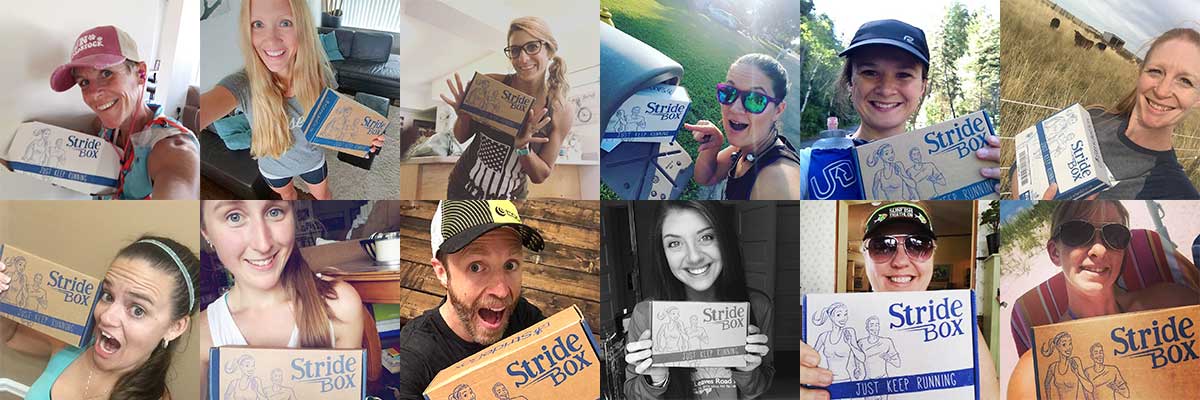Most of us have trained for an event at one part in our lives. Maybe we’re trying to complete a half or full marathon, or maybe just lose a few pounds and get in better shape. Chances are if you’ve ever taken your training seriously you’ve used a training journal or a training log.
Running Log or Training Journal?
The main difference between training journals and training logs, is what you document in them after each workout or day, etc. Training journals are just that. They are more of a journal rather than a log. Think of a journal like a diary of your training life. They will normally include things like mental health and how you felt during the day or your workout. They can reach a bit into some statistical information but this is normally saved for a training log.
Training logs are generally created of off some kind of a template. For example. Everyday you fill out a form that has the same fields. Things like current weight, daily workout, diet information, are all things that can be put in a training Log on a day to day basis.
I wouldn’t recommend going all one route or all the other, both journaling and logging are important to keep an effective history of your past. I’ve found out through experience and that for convenience sake it’s nice to have two combined together in some way. This way it’s always easy to remember to do both.
Benefits of recording your training
The number one benefit of recoding your training is to have a detailed history to look back on. This can be very useful in times of planning. For example to figure out what has worked for you and what hasn’t. It’s very useful for figuring out reasons for injuries or for times of burnout.
Have you ever sat down and tried to plan out training with nothing to work with? If you have something to look back upon a detailed account of what you’ve done over the past few weeks it’s easy to plan ahead, and to effectively increase your workout intensity, etc to improve for the future.
A detailed journal is also really nice to have just for personal use, and to be able to look back on past months and years, to remember different accounts and enjoy reliving the journey you took toward your training goals.
One of our favorite training journals is the Believe Journal by Lauren Fleshman. It’s a great guided journal no matter what you are training for.


